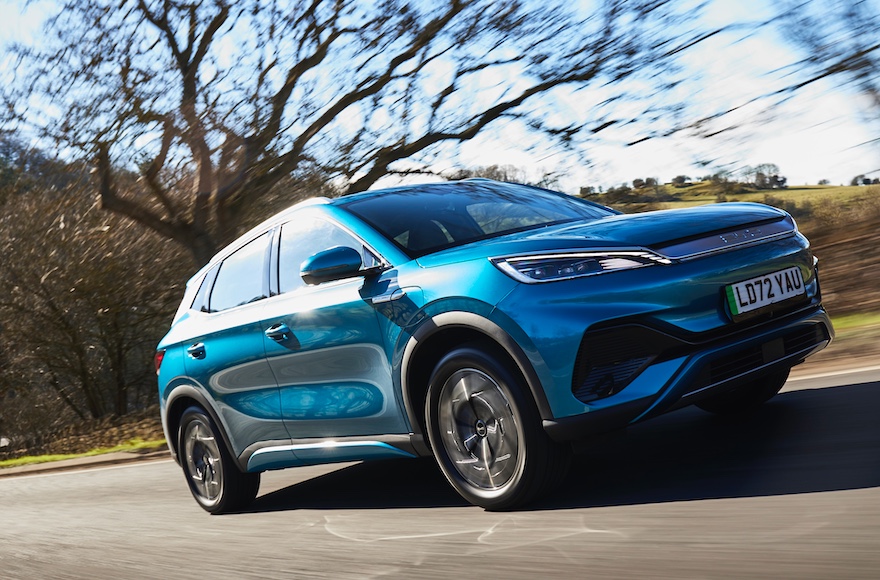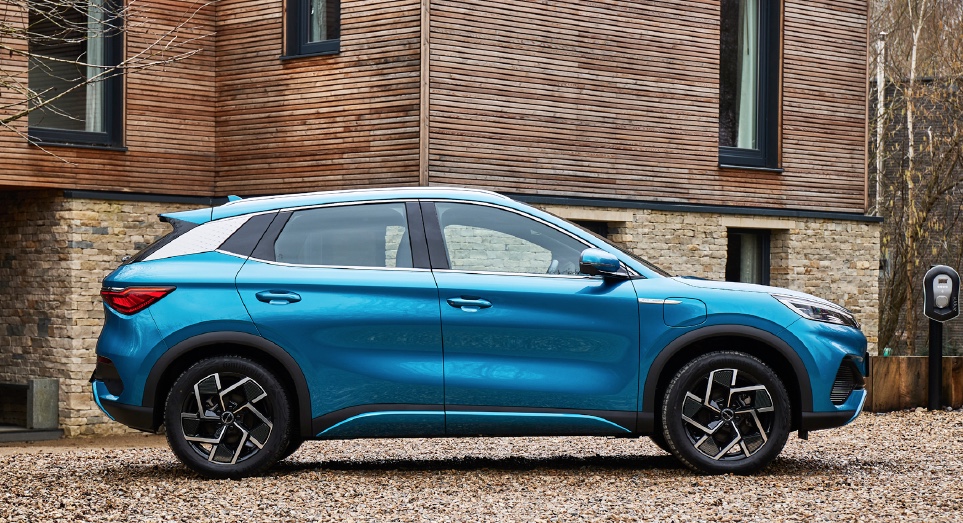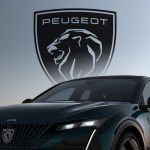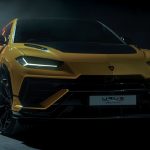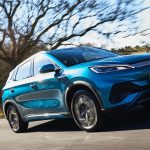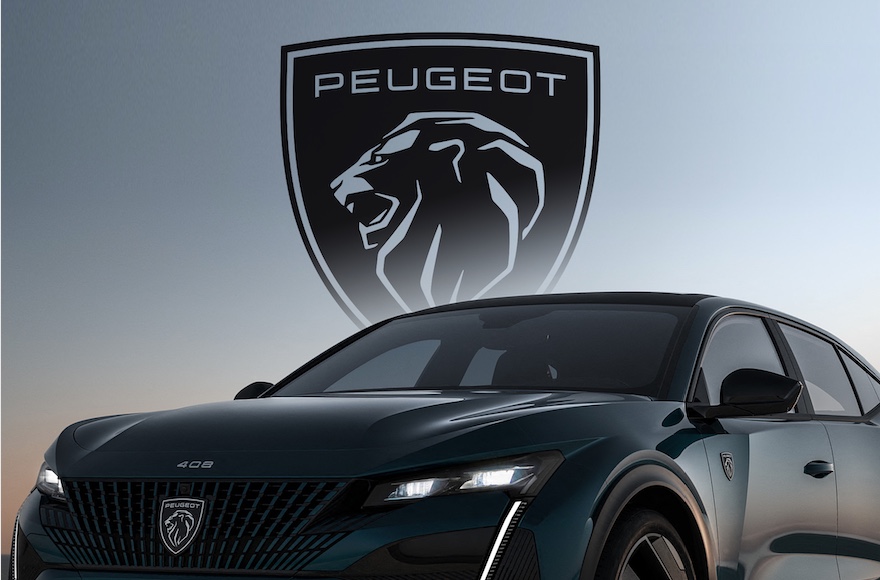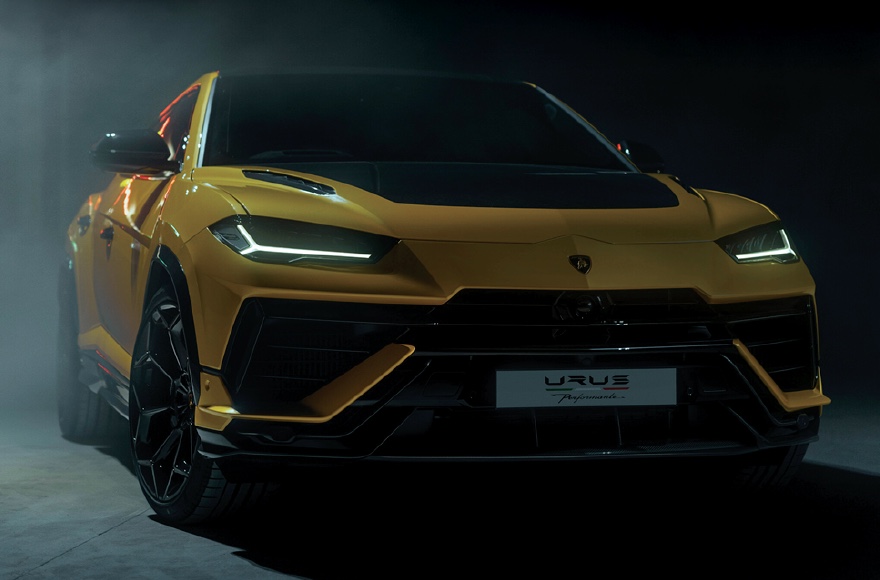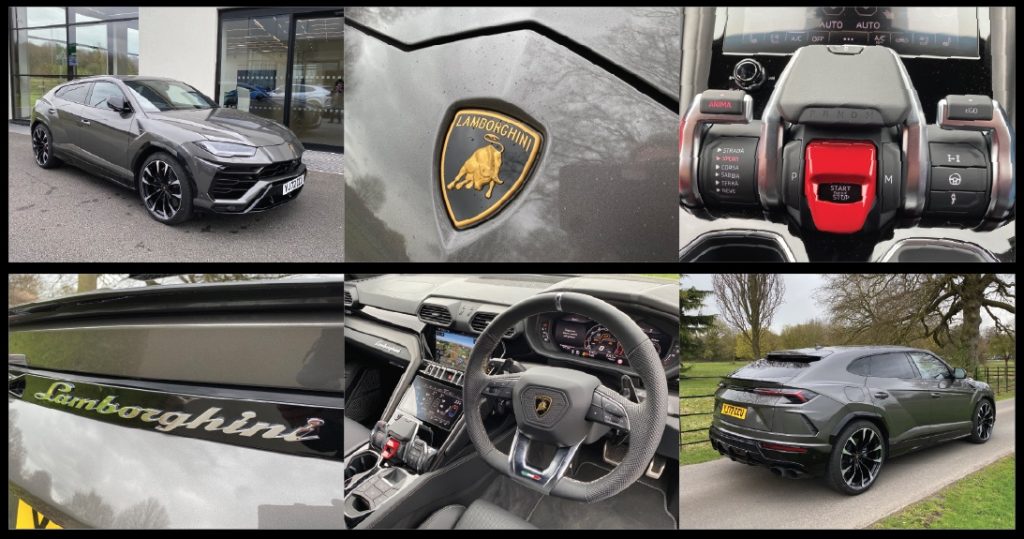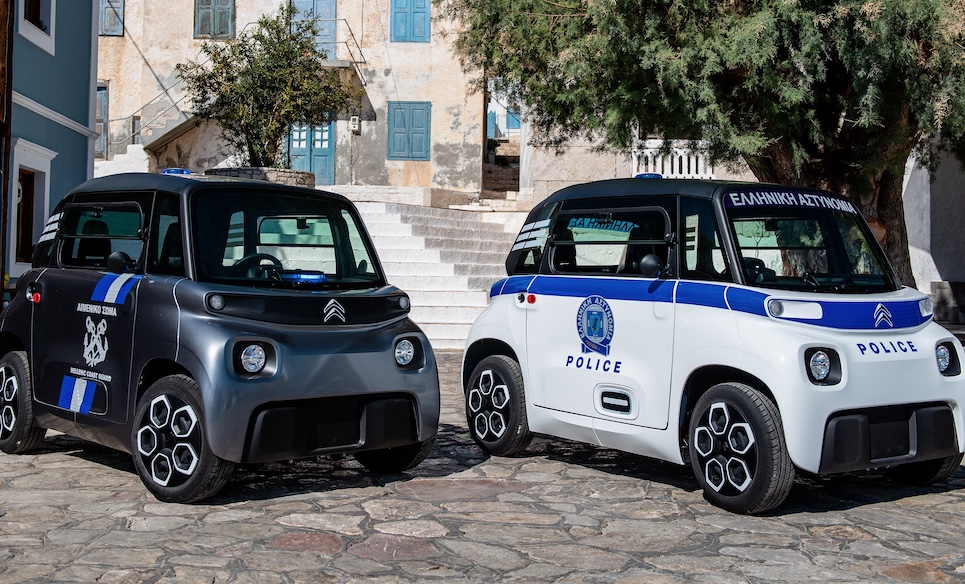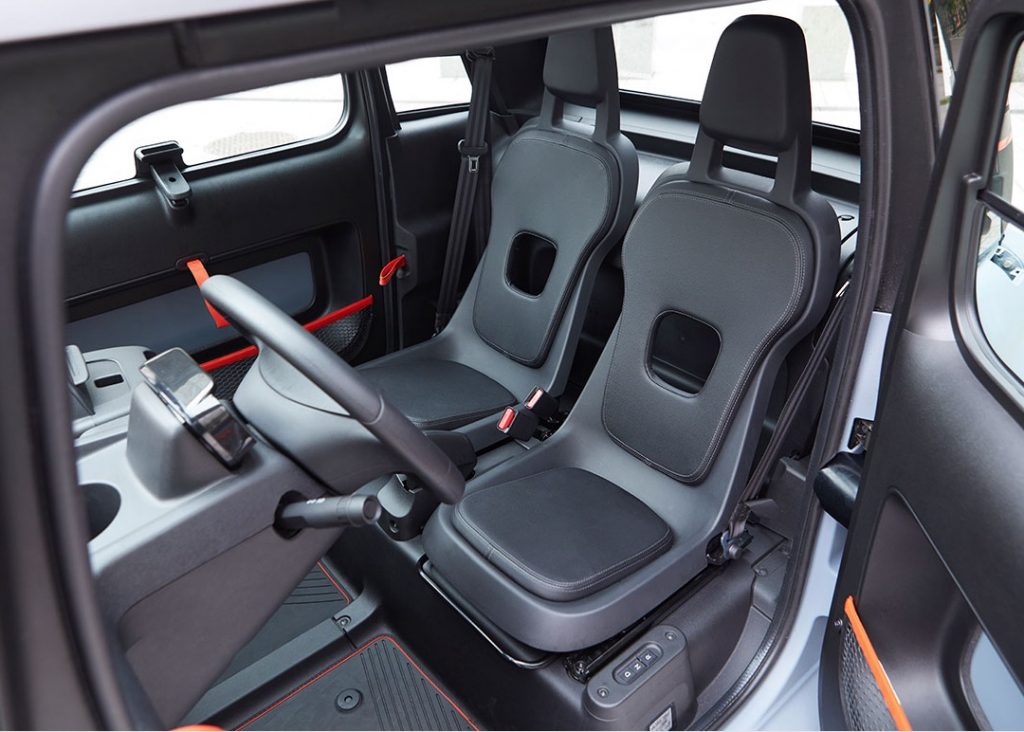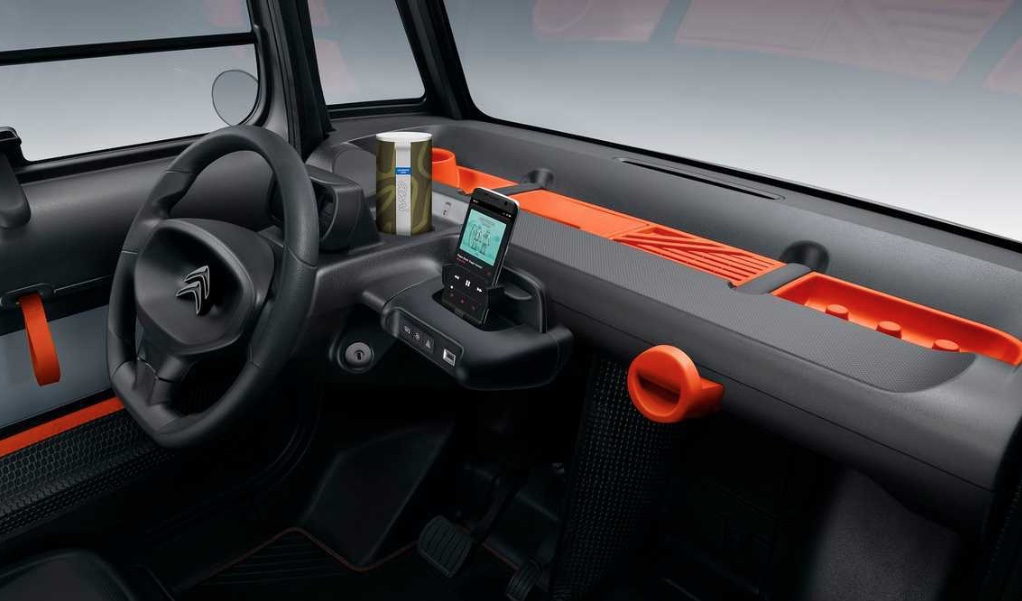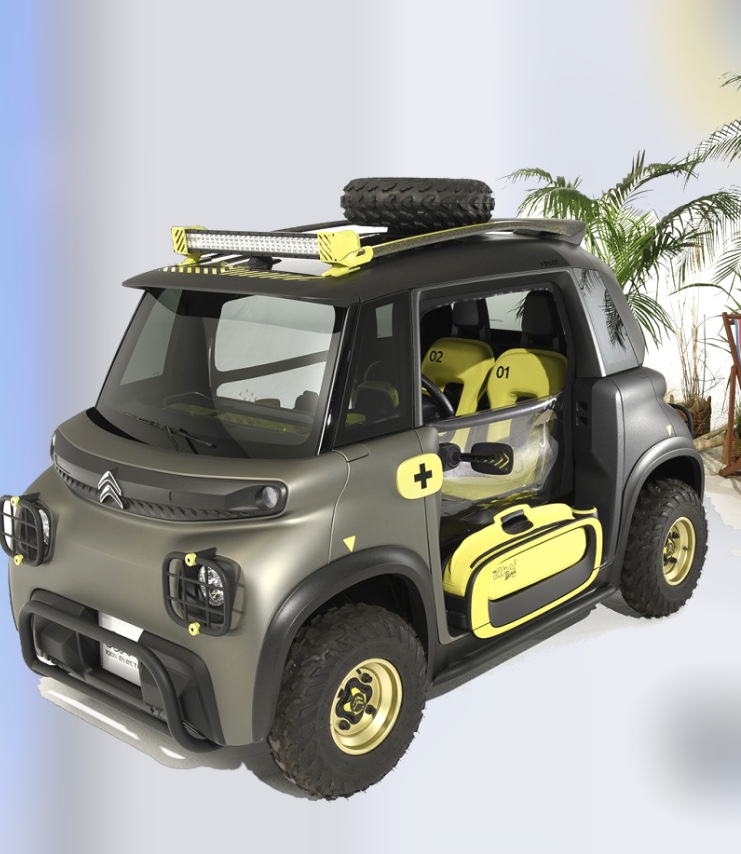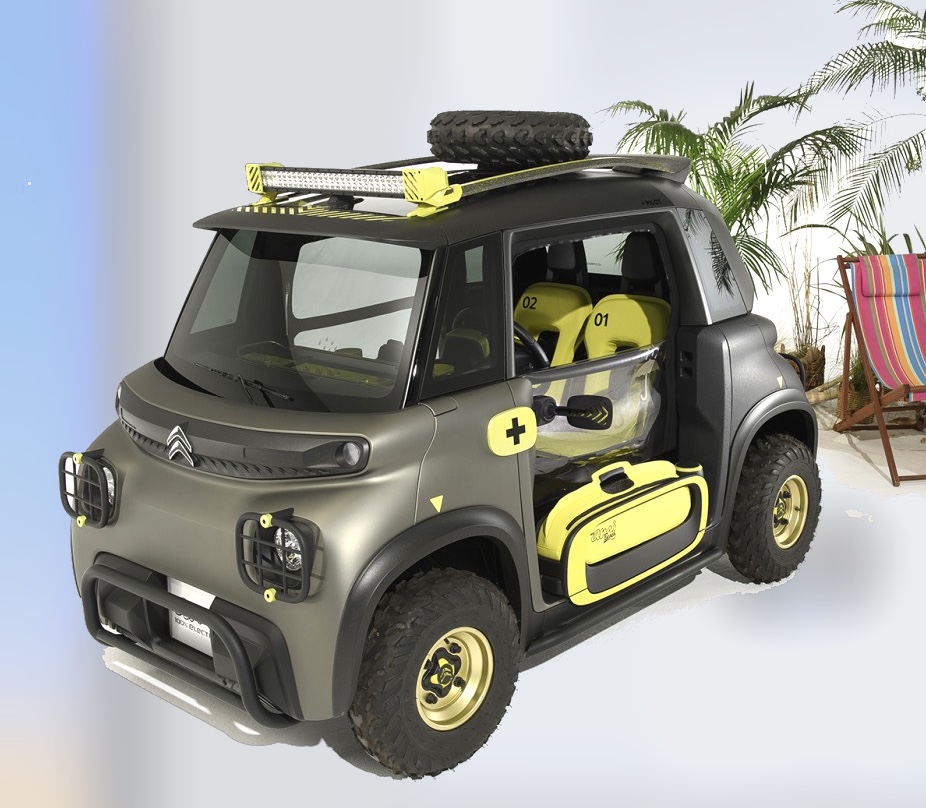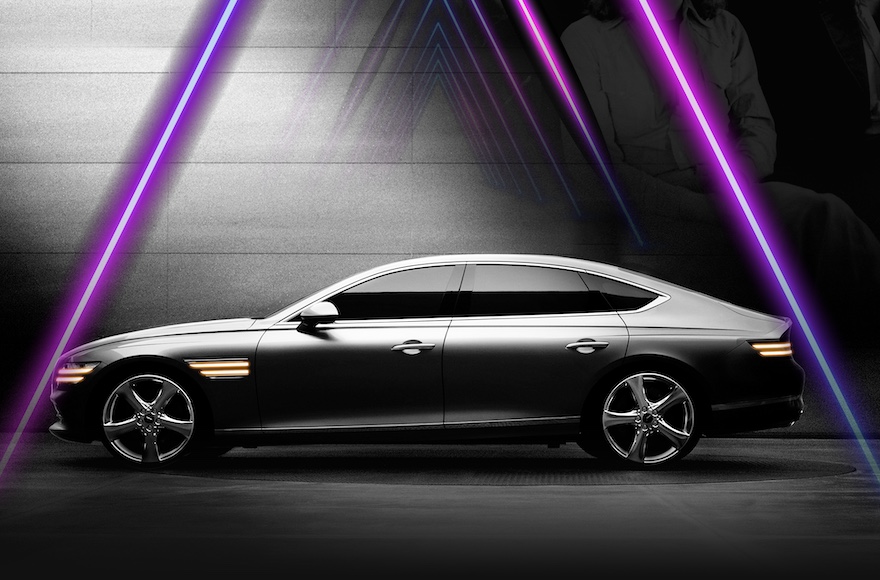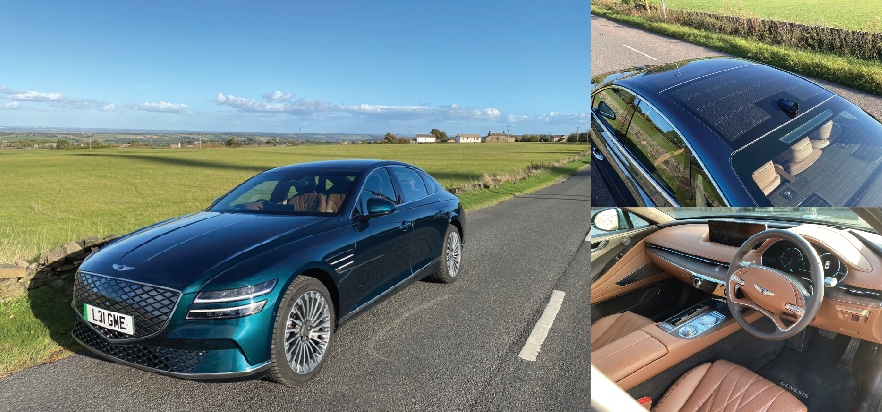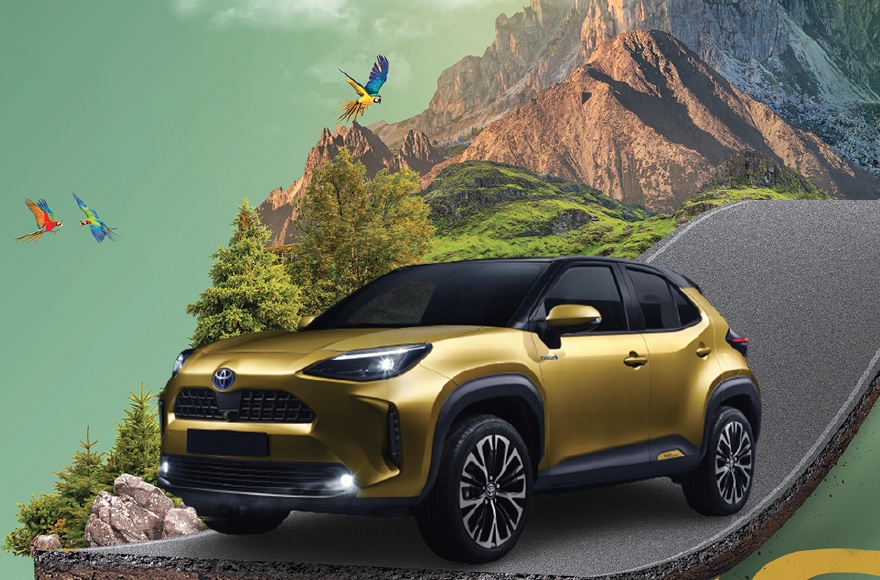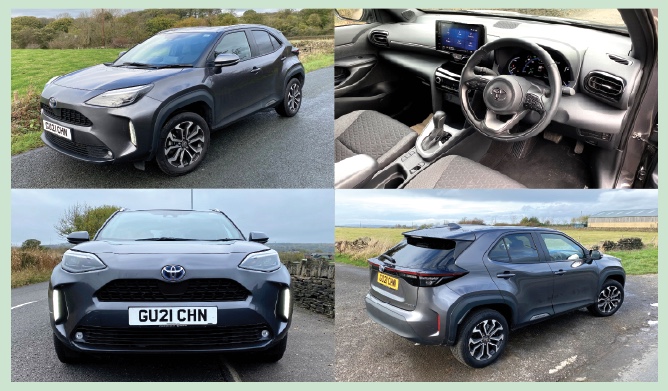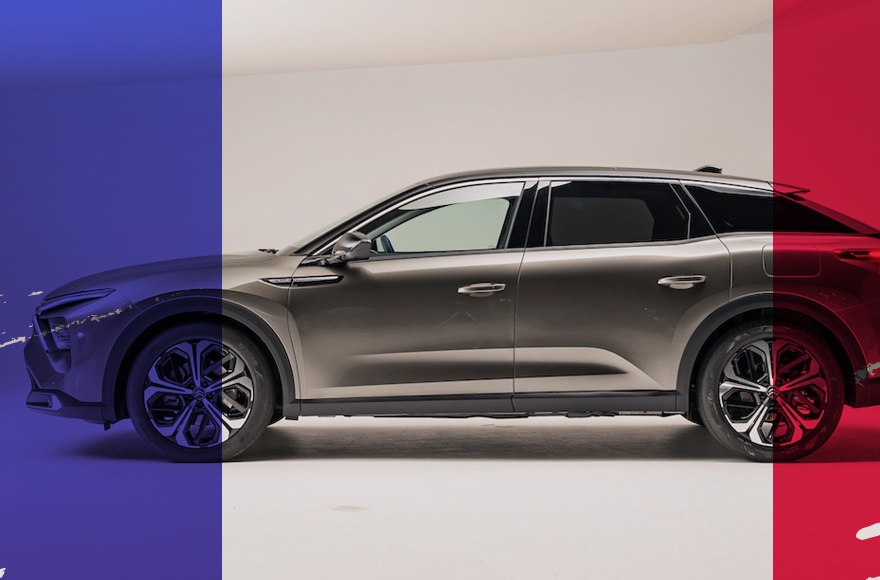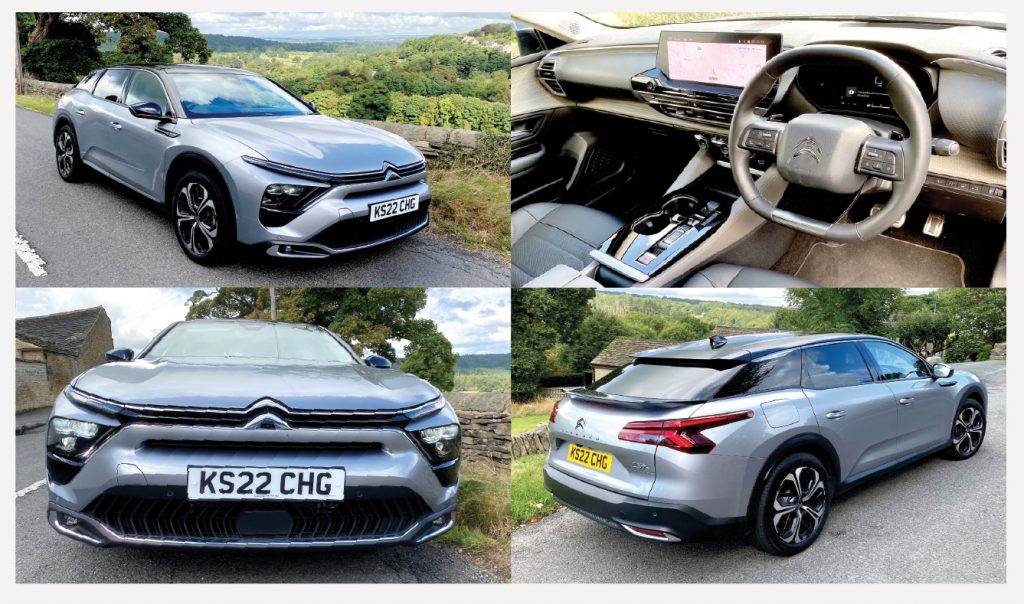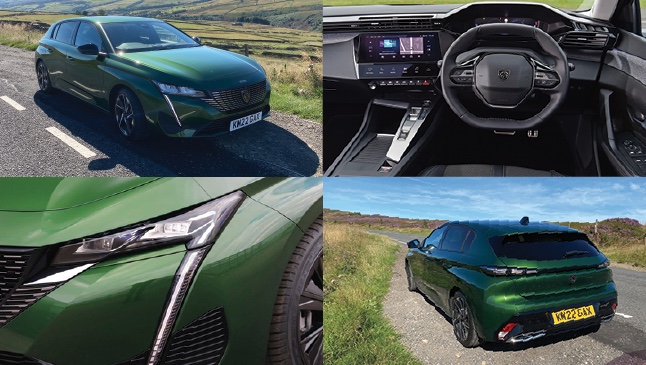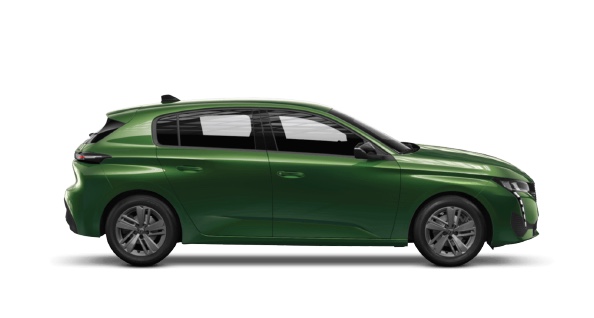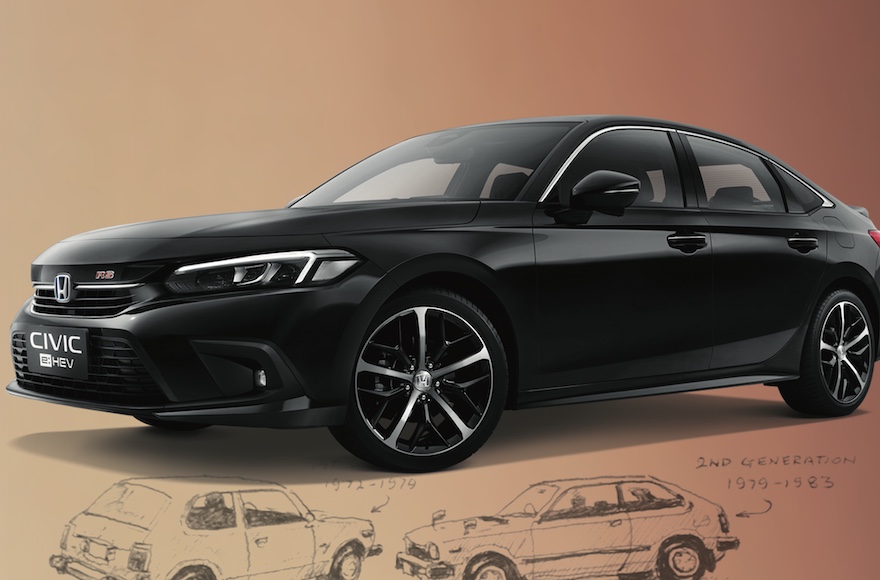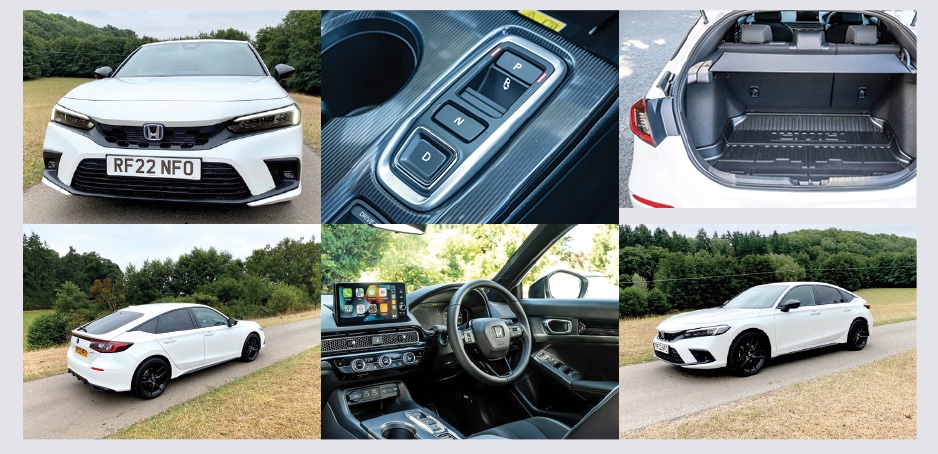BYD
BYD is probably the largest vehicle manufacturer that you haven’t heard of… I certainly hadn’t until very recently.
I was invited to the UK press launch of the BYD ATTO 3, the new all-electric C-Segment SUV, although many will describe it as a five-door hatch. The ATTO 3 benefits from the new, revolutionary Blade Battery for optimum safety, efficiency and reliability. During the press conference on the event in sunny Bolton, the Blade System was explained to us, but most of it went completely over my head.
There are three models in the range: Active, Comfort and Design with UK prices ranging from £36,490 to £38,990, so not exactly cheap, but there is an awful lot of standard equipment in all models, and you cannot order any options, as none are available.
For those that have driven an electric car, the ATTO drives very similar to all the rest, some EVs are just a bit quicker than others, and some go a bit further than others on a full charge. But in my opinion they are all very good, efficient, quick, but drive very similar. The ATTO 3 has a range of around 418km, so not the best, but not the worst by a long way either.
The ATTO 3 has two unique features, and although unique, I’m not sure any other car manufacturers will follow this lead. The first is a huge screen in the centre of the dash, much larger than an iPad, and nearly as big as our telly at home. At the press of a button it revolves, so it can go very quickly from landscape to portrait and vice-versa. It tried it a few times and not too sure why you’d need it. The second ‘feature’ and a first in a car are the ‘Banjo Strings’ on all four door interior panels are three strings, all tuned so you can play a tune on them, a limited tune, but nevertheless … a tune of sorts. Can you imagine driving from Gibraltar to Madrid or Barcelona with kids in the back, happily strumming away, erm …. it’s a no from me.
The ATTO 3 is well put together, with a high level of quality, fit and finish throughout. It measures 4.45m in length, but has an amazing amount of interior space, big enough for five adults, with lots of legroom.
BYD was founded in 1995, and is one of China’s largest private enterprises. It has over 28 years of battery expertise and manufacturing. It employs over 600,000 people with its HQ in Shenzhen, China and its European one in the Netherlands. They produce batteries for many other companies, and make cars, trucks, buses and trains. Virtually everything that goes into their products are made by BYD, with the exception of glass and tyres.
So it is indeed, the largest company you’ve never heard of… well… until now

